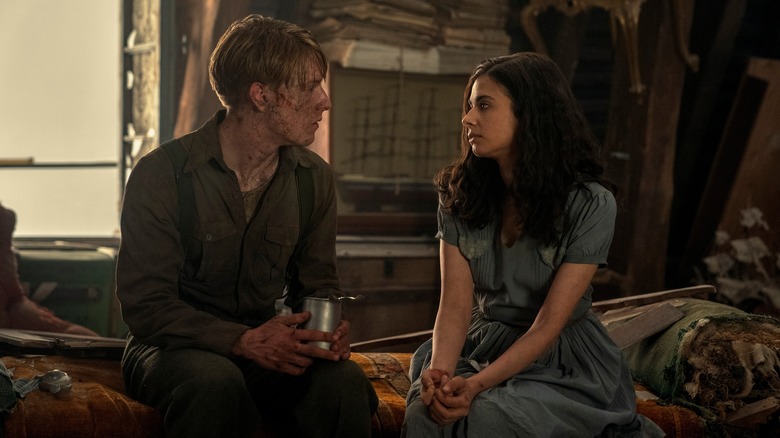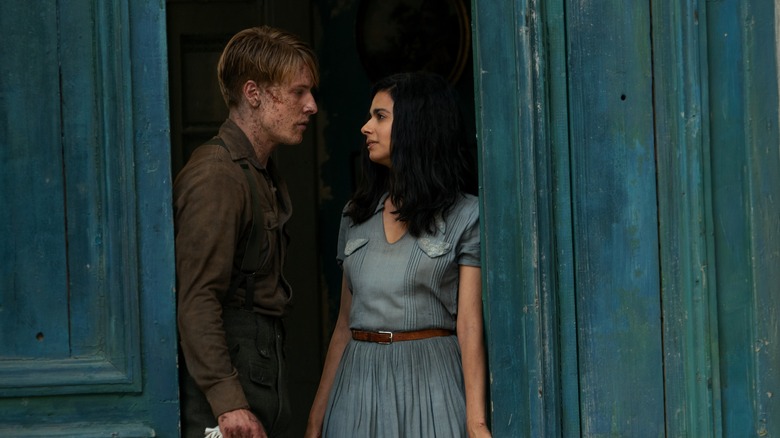All The Light We Cannot See: Netflix's Ending Changes Everything - And That's Ok
Almost a decade after author Anthony Doerr published his Pulitzer Prize-winning novel "All the Light We Cannot See" — a work that took 10 years to complete — Netflix released a limited series based on his story. Doerr's book is set during World War II and follows two primary protagonists: Marie-Laure (Aria Mia Loberti), a blind French girl who broadcasts top-secret Morse code messages to aid the Revolution, and Werner Pfennig (Louis Hofmann), an orphaned German boy with a prodigious ability to repair radios. Werner is forced into Nazism and assigned to track down and execute anyone broadcasting enemy signals through the radio. In the book, Marie-Laure and Werner's stories run parallel until they share a quick meeting at the end. However, their time in the TV adaptation is far more substantial and, according to Doerr, provides the audience with more closure.
In an interview with EW, Doerr explains that ever since his book was published, readers have given him feedback that after following Marie-Laure and Werner's stories and expecting the pair to intersect, they were disappointed over the fact that the characters did not get more time together. In Doerr's version of the story, Werner finds Marie-Laure at her uncle's house in the seaside town of Saint-Malo, where she has been secretly broadcasting from the attic. The two share a can of peaches before the Allied forces arrive, liberating the French from the Nazi forces occupying the region. Netflix's version extends the interaction to include a dance, a shared kiss, and a promise from Werner that he will find Marie-Laure again. As it turns out, that amended ending was just fine in the eyes of the story's author.
The book's author and one of the series' stars embraced Netflix's changes to Marie-Laure and Werner's meeting
In his interview with EW, Anthony Doerr explains that his version of Marie-Laure and Werner's introduction was crafted in service of historical accuracy, rather than audience satisfaction. But he is more than supportive of the liberties the show's creative team took with the subject matter, arguing that there's nothing wrong with people craving resolution for the characters.
Although the series' stars are not promoting the book due to SAG strike restrictions, director Shawn Levy says that Aria Mia Loberti, the actress who portrays Marie-Laure, was eager to keep the romantic moment between Marie-Laure and Werner in the script. Levy says Loberti was keen to showcase a blind woman as being the object of romantic affection, something she believes has been historically lacking in Hollywood's representation of blind characters and characters with disabilities. Loberti, a first-time actress who was raised in Rhode Island, was born with achromatopsia, a genetic eye condition that causes reduced vision and blindness, depending on her environment. A former doctoral student, Loberti identifies as an advocate for disability equity and thinks that a life spent advocating for herself and for others helped prepare her as a storyteller.
Levy says casting Loberti in the role of Marie-Laure was an important choice for the project. However, series writer Steven Knight's decision to enhance Marie-Laure and Werner's meeting is equally compelling. He tells EW, "When you dance, what do you do? You come close. I just felt, in that moment of orbit, it was very important to signify the humanity of both [characters]."

